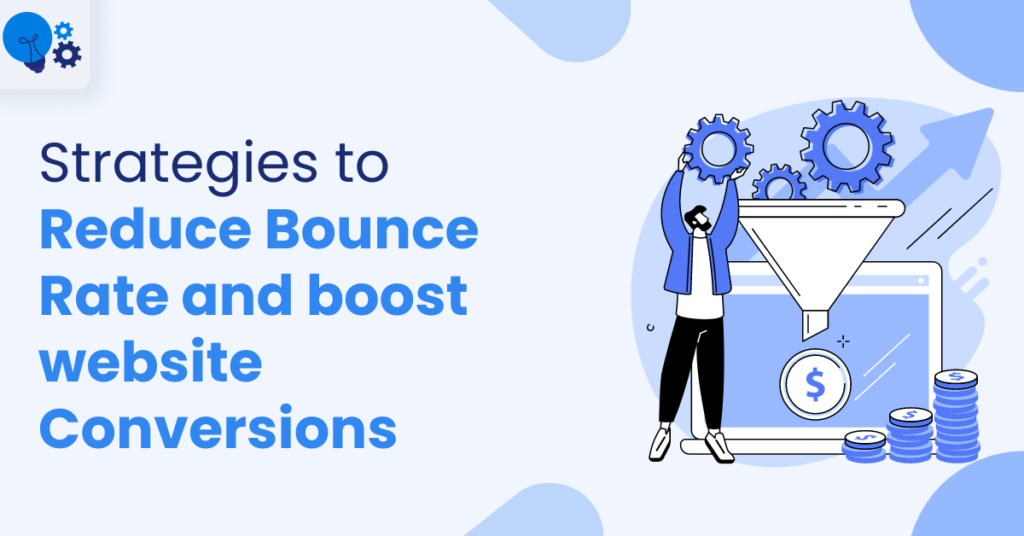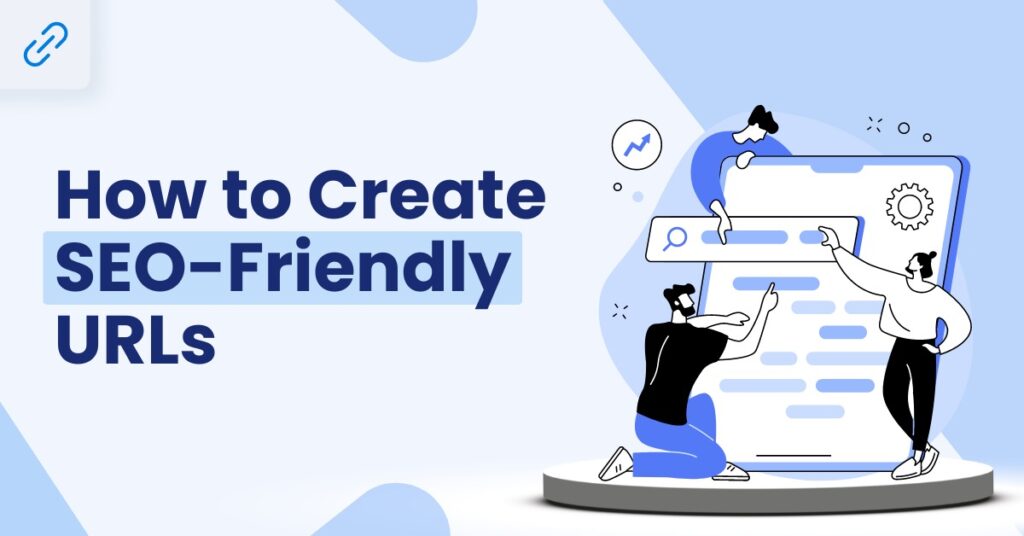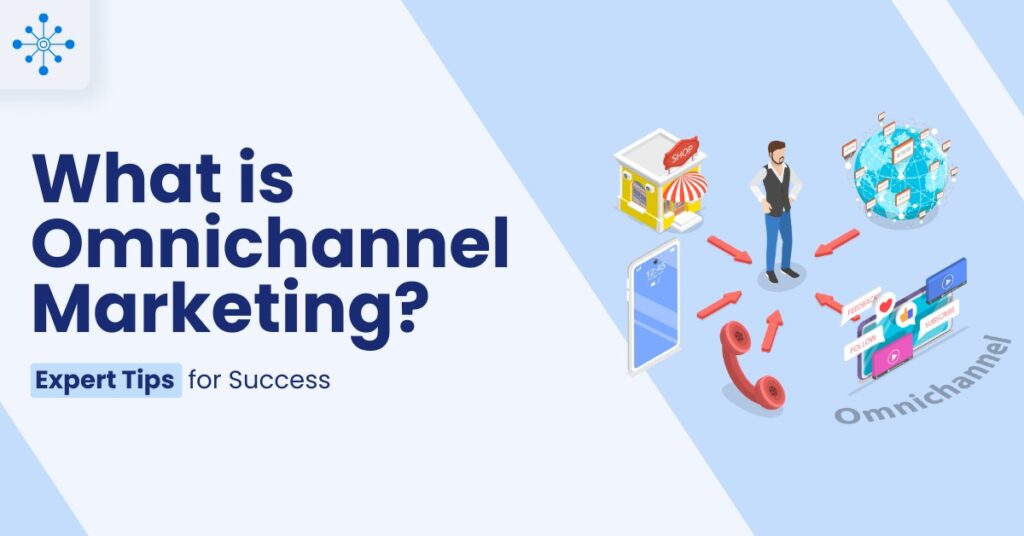In the dynamic realm of online advertising, Google Ads Services emerges as a formidable tool for businesses seeking to amplify their online presence and drive conversions. However, the potency of Google Ads campaigns lies not just in its utilisation but in the strategic implementation of best practices. Let’s embark on a comprehensive guide that navigates through key tactics, ensuring your Google Ads endeavors not only resonate with audiences but also yield a positive return on ad spend (ROAS).
1. Install Conversion Tracking
The journey to a successful Google Ads campaign begins with installing conversion tracking. This fundamental step allows you to measure the effectiveness of your ad campaigns by tracking user actions on your website. From tracking purchases to form submissions, conversion tracking provides invaluable insights into the return on ad spend (ROAS), enabling informed decision-making.
How to set up conversion tracking:
– Create a conversion action in your Google Ads account.
– Choose the type of conversion to track (e.g., purchase, form submission).
– Define conversion details such as goal, action optimization, and attribution model.
– Add the generated Google tag to your website for accurate measurement.
2. Organise Your Google Ads Account
Efficiently managing your Google Ads account is paramount for optimal performance. Organise your campaigns based on business goals, product lines, or geographical locations. Maintain a structured hierarchy with campaigns, ad groups, and ads, ensuring easy navigation and swift modifications.
Guidelines for organisation:
– Name your campaigns descriptively and maintain a consistent structure.
– Create focused ad groups with themes like specific keywords or audience segments.
– Test at least three ads per ad group to analyse variations in ad copy.
3. Analyse the Competition
Understanding your competitors’ strategies provides a competitive edge. Identify main competitors through manual research and tools like Semrush’s Advertising Research. Explore their paid advertising landscape, uncovering key metrics such as spending, generated traffic, and effective keywords.
Steps for competitor analysis:
– Identify competitors manually and use tools for deeper insights.
– Explore paid competitors, analysing spending and performance metrics.
– Uncover keywords and export data for informed decision-making.
4. Improve Your Ad Copy
The cornerstone of a successful Google Ads campaign lies in the ad copy. Craft specific, keyword-rich copy that aligns with user search queries. Include a clear call to action (CTA) to prompt desired user actions. Error-free copy enhances credibility and avoids deterring potential customers.
Best practices for ad copy:
– Be specific to the user’s search query.
– Include relevant keywords for increased visibility.
– Add a compelling CTA for user engagement.
– Ensure error-free copy for enhanced credibility.
5. Optimise Your Landing Pages
A seamless transition from ad click to conversion relies on well-optimized landing pages. Ensure consistency between ad promises and landing page content. Focus your CTAs on a single, clear goal. Incorporate trust signals such as reviews and guarantees to instill confidence in potential customers. Optimise page speed for reduced bounce rates.
Tips for landing page optimization:
– Match ad content with landing page offers.
– Focus CTAs on a single, defined goal.
– Add trust signals like reviews and guarantees.
– Improve page speed for enhanced user experience.
6. Maintain a Negative Keyword List
Avoid wasted ad spending by implementing a robust negative keyword strategy. Regularly review the search terms report to identify irrelevant keywords. Add these to your negative keyword list to refine targeting and improve click-through rates.
Steps for negative keyword management:
– Identify irrelevant keywords through the search terms report.
– Add negative keywords to exclude irrelevant searches.
– Create an account-level negative keyword list for a broad application.
7. Take Advantage of Ad Assets
Explore Google Ads assets to augment your ad’s visibility and information. Leverage location assets for businesses with physical locations. Utilise sitelinks to direct users to specific pages. Display seller ratings for added trust. Incorporate callouts to highlight essential information.
Types of Google Ads assets:
– Location assets for physical businesses.
– Sitelinks for additional page links.
– Seller ratings for trust signals.
– Callouts for highlighting key information.
8. Test Location Targeting and Ad Scheduling
Before wrapping up your Google Ads strategy, delve into location targeting and ad scheduling. Tailor your ads to specific locations, ensuring they reach the most relevant audience. Use ad scheduling to control when your ads are displayed, optimising for peak performance during high-conversion periods.
Steps for location targeting:
– Access campaign settings in the Google Ads dashboard.
– Navigate to “Settings” and select “Locations.”
– Specify the locations you want to target, whether countries, cities, regions, or ZIP/postal codes.
Steps for ad scheduling:
– Navigate to “Campaigns” > “Audiences, keywords, and content” > “Ad schedule” in your Google Ads account.
– Click on the pencil icon, select the campaign, and define when you want your ads to run.
– Save your ad schedule to maximise results during peak times.
Implementing Google Ads best practices is a strategic investment with multiple benefits. Conversion tracking provides precise insights for data-driven optimizations. Organising your Ads account ensures swift management and a clear view of performance. Competitor analysis informs strategies, while compelling ad copy and optimised landing pages boost engagement and trust. A negative keyword list enhances cost-effectiveness, and exploring ad assets reinforces your brand.
In conclusion, success is a dynamic journey. With accurate tracking, organised structures, and compelling content, your Google Ads campaigns are poised for triumph. Beyond immediate returns, these practices influence long-term success and maximise your return on ad spend. Embark confidently on your journey, unlock success, drive conversions, and establish your brand’s digital dominance with Google Ads.
Ready to implement these Google Ads best practices and elevate your advertising game? Reach out to us at [email protected] to discover how our end-to-end digital marketing expertise can take your campaigns to new heights. Let’s embark on this journey together and redefine your digital advertising strategy.
For more valuable insights and for more updates on the latest advancements in digital marketing, continue reading our blogs.












